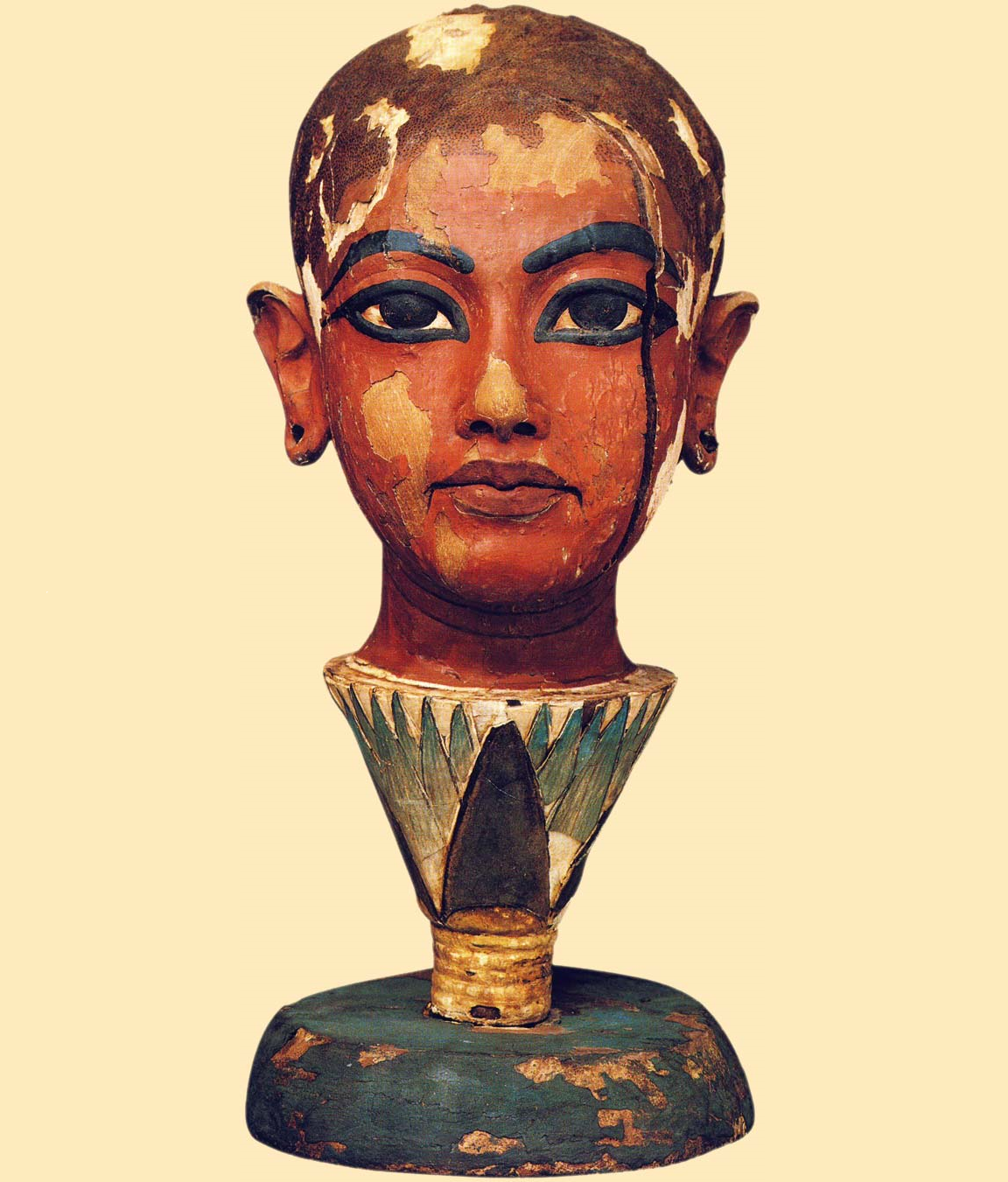Yes, there was an accident at the Egyptian Museum in Cairo on the weekend.
Yes, one of the unique artefacts from Tutankhamun's tomb was knocked against its glass display case.
No, it wasn't damaged.
And no, it wasn't Tutankhamun's golden mask, as had been reported.
It seems that on Saturday, some overly energetic students on a school trip bumped the display case to the statue of Tutankhamun's head rising from a lotus flower.
But before the internet explodes in outrage, it is worth remembering that unfortunately, the price of having priceless artefacts on public display is that sometimes accidents will happen. Earlier this year in Taiwan a 12-year-old boy tripped over and punched a hole through a 17th Century oil painting. In 2006, a man tripped over his shoelace in the Fitzwilliam Museum in Cambridge and smashed three 300-year-old Chinese vases. In 2010, a woman at the New York Metropolitan Museum of Art fell into a Picasso, causing a 15cm tear.
I'm sure almost every museum around the world has a horror story or two.
And I'm sure most of us agree with the General Supervisor of the Egyptian Museum, Khaled el-Enany, when he said that the Museum is "... always keen to encourage school trips and group visits to increase Egyptian students' awareness of their heritage and culture." Let's just hope they act a little more sensibly in the Museum from now on.
Tutankhamun's mask is currently in a secure, custom-built restoration lab in the museum, accessible only to experts and Egyptologists. Museum staff had panicked when they accidentally broke off the beard in 2014, and hurriedly glued it back on with epoxy resin. The restorers' job is to find a way to remove the beard, and then reattach it in a more non-permanent fashion.
The statue involved in Saturday's drama shows the head of Tutankhamun representing the sun god at dawn, emerging from a lotus blossom (JE 60723). The lotus flower is a powerful symbol of rebirth because the flower closes its petals at dusk and opens them again at dawn, facing east to greet the rising sun. In this way the emerging lotus became symbolic of the sun's renewal each morning, shining bright after its nightly journey through the Underworld.
Controversy has always surrounded the lotus head, which wasn't catalogued by Carter and was found by Egyptian workers in a small tomb in the Valley of the Kings that was being used for storage by Carter. The head was packed into a wooden case labelled 'Red Wine'.
Carter claims that he had found it in the rubble of the tomb's entrance passage before the opening of the tomb proper and just hadn't got around to cataloguing it properly. However, many still suspect him of trying to smuggle the piece out of Egypt.
